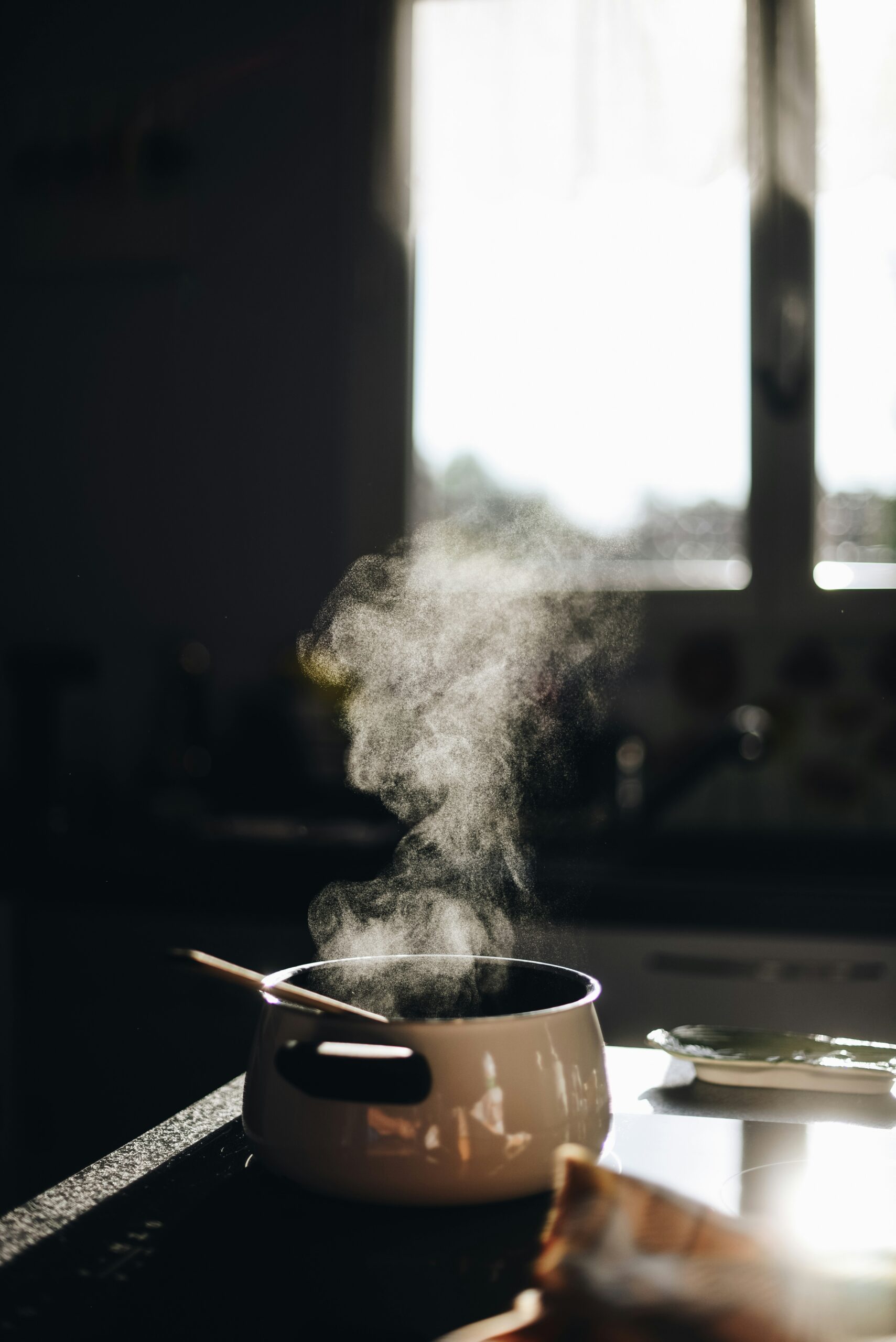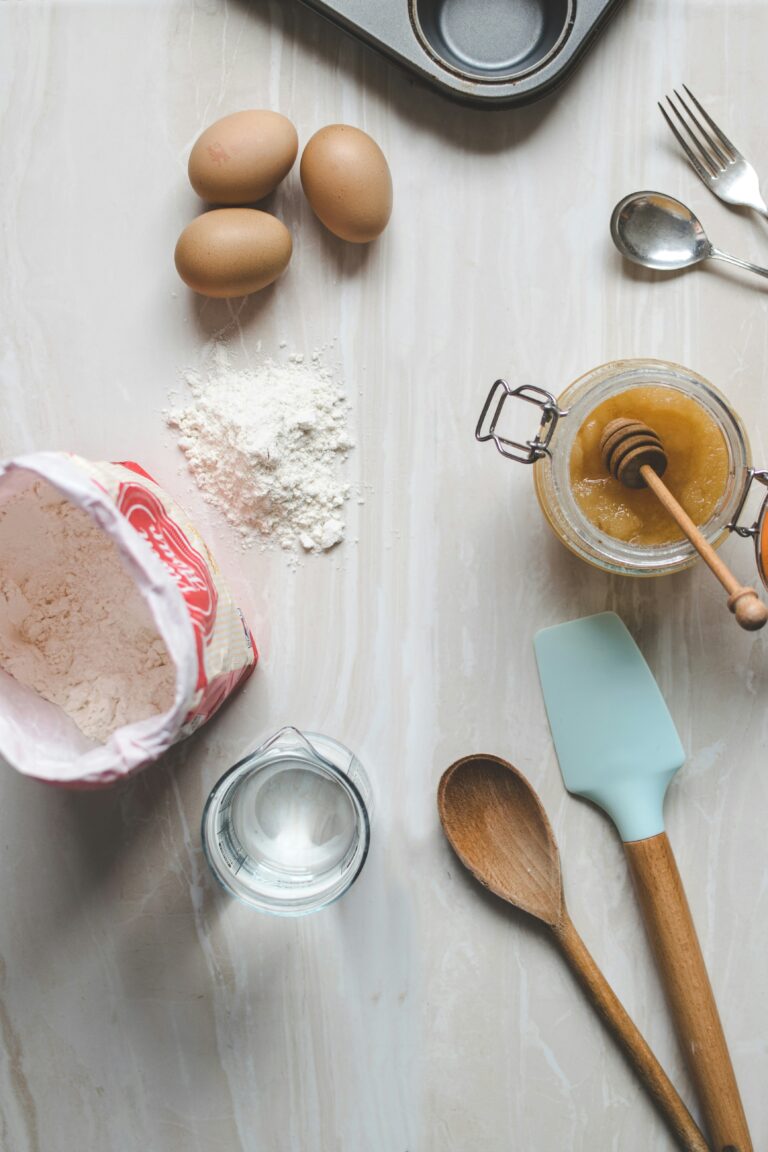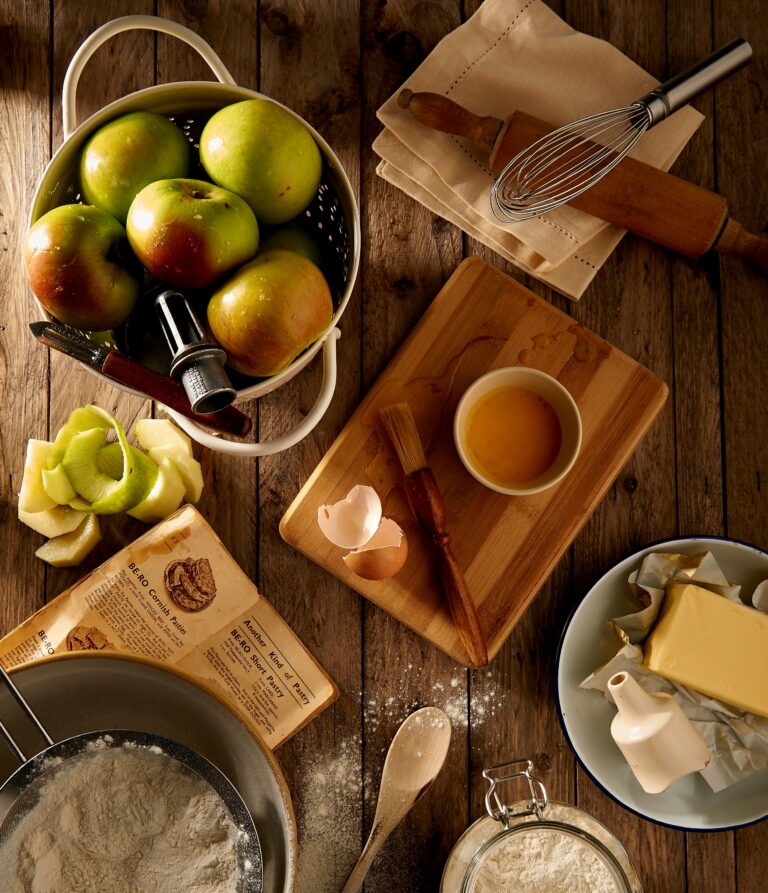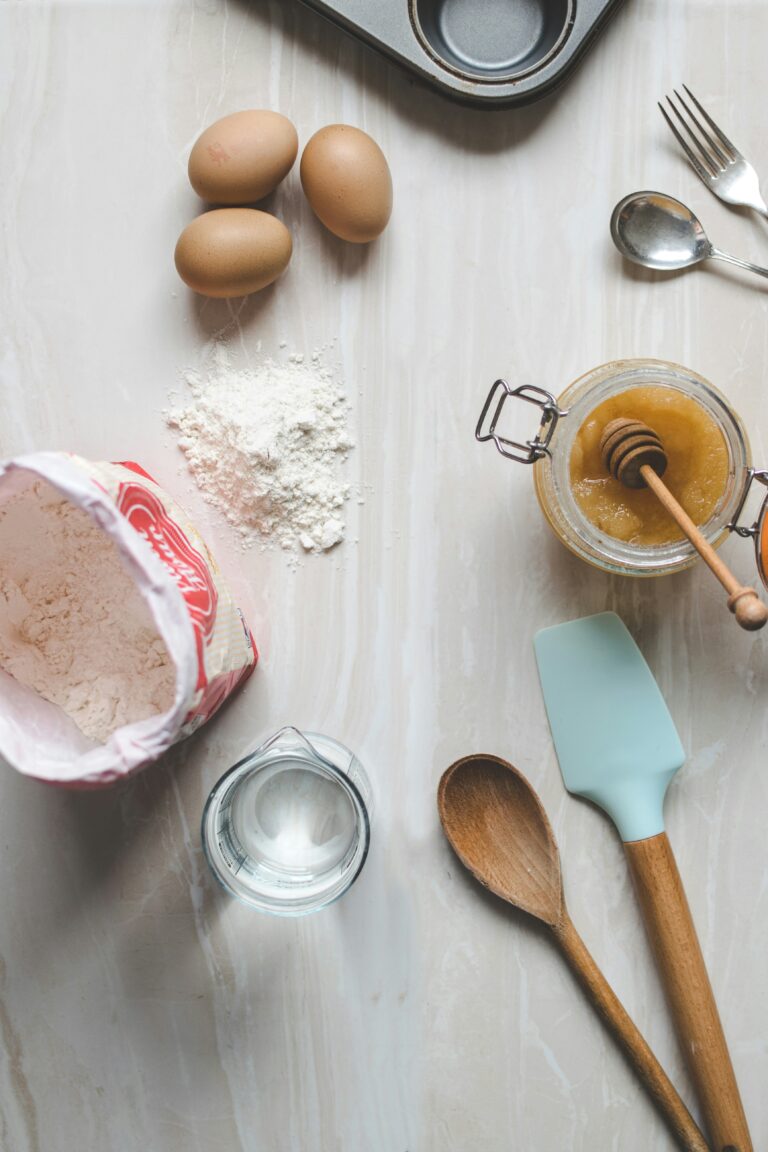Importance of Measuring in Cooking
Ensuring precision in cooking is paramount for achieving consistent and desirable results. The significance of accurate measurement cannot be overstated when it comes to culinary success. Let’s delve into why precision in measuring plays a vital role in the outcome of recipes.
The Significance of Precision
Precision in measuring ingredients is the cornerstone of successful cooking. Whether it’s baking a delicate pastry or whipping up a savory dish, the exact quantities of ingredients determine the taste, texture, and overall quality of the final product. Inaccuracy in measuring can lead to underwhelming outcomes, altering the taste, consistency, and appearance of your culinary creations.
How Measuring Impacts Recipe Success
The impact of precise measuring on recipe success cannot be underestimated. Recipes are essentially formulas that rely on specific ingredient proportions for optimal flavor and texture. By meticulously measuring each component, you ensure that the balance of flavors and textures is maintained, resulting in a dish that truly reflects the intended culinary experience.
Accuracy in measuring also plays a crucial role in consistency. When you follow a recipe with precision, you can replicate the dish with the same delicious results each time. Consistency in measuring not only elevates your cooking prowess but also builds confidence in your culinary skills.
By understanding the significance of precision in measuring ingredients, aspiring chefs and home cooks alike can elevate their cooking experience and delight their taste buds with consistently delectable dishes. For more tips on cooking measurement equivalents and techniques, visit our article on cooking measurement tips.
Types of Measurements
When it comes to cooking and baking, understanding the different types of measurements plays a crucial role in the success of your culinary endeavors. Two main types of measurements are commonly used: weight and volume measurements. Let’s explore the distinctions between these measurement types and why consistency is paramount in achieving delicious results.
Weight vs. Volume Measurements
Weight Measurements:
- Weight measurements involve measuring ingredients in grams or ounces using a kitchen scale.
- Weight measurements provide accuracy and precision, especially for ingredients like flour, sugar, and nuts.
- Converting recipes from volume to weight can help ensure consistency in measurements, particularly for baking where precision is key.
| Ingredient | Weight Measurement (1 cup) |
|---|---|
| All-Purpose Flour | 120g |
| Granulated Sugar | 200g |
| Butter | 227g |
| Almonds | 140g |
Volume Measurements:
- Volume measurements, such as cups and tablespoons, are commonly used in recipes for liquids and dry ingredients like rice and grains.
- While convenient, volume measurements can sometimes lead to variations in the quantity of ingredients due to differences in how ingredients are scooped and leveled.
- It’s essential to follow specific guidelines on how to properly measure ingredients using volume measurements to ensure consistency in your dishes.
The Importance of Consistency
Consistency in measuring ingredients is vital in cooking and baking to maintain the integrity of a recipe and achieve the desired taste and texture consistently. Whether you opt for weight or volume measurements, the key is to stick to one method throughout a recipe to avoid discrepancies in the final dish.
By understanding the differences between weight and volume measurements and the significance of consistency, you can elevate your culinary skills and create dishes that are not only delicious but also reproducible. Experiment with both measurement types to determine which works best for your cooking and baking style. For more insights on measuring tools and techniques, refer to our article on measuring cups vs. scales.
Achieving Balance in Flavor
Understanding the impact of precise measuring on taste is essential in cooking. Incorrect measurements can significantly alter the flavor profile of a dish, leading to unsatisfactory results. Achieving a harmonious balance of ingredients is key to ensuring that the flavors complement each other and create a delightful culinary experience.
Impact of Incorrect Measurements on Taste
The repercussions of inaccurate measurements on taste cannot be understated. Too much of one ingredient or too little of another can throw off the delicate balance of flavors in a recipe. A heavy hand with salt, for example, can overpower the other tastes in a dish, while insufficient sugar can result in a lack of sweetness.
To maintain the intended flavor profile of a recipe, it is crucial to follow precise measurements. Whether it’s a pinch of salt, a dash of pepper, or a cup of flour, each ingredient plays a vital role in contributing to the overall taste of the final dish. Consistency in measuring ensures that each component harmonizes with the rest, resulting in a well-balanced and delicious outcome.
Balancing Ingredients for Harmony
Achieving harmony among ingredients is the essence of cooking. Each component in a recipe should work in concert to create a cohesive and enjoyable combination of flavors. Proper measuring enables you to strike the right balance between sweet, salty, sour, and savory elements, ensuring a well-rounded taste profile.
When measuring ingredients, pay close attention to both the quantities and proportions specified in the recipe. Adjusting ingredients based on personal preference or guesswork can disrupt the delicate balance intended by the recipe creator. By measuring with precision, you can ensure that each flavor contributes to the overall harmony of the dish, elevating the dining experience for yourself and others.
The art of cooking lies not only in the selection of quality ingredients but also in the meticulous measurement and balancing of those ingredients. By understanding the impact of accurate measuring on taste and striving for ingredient harmony, you can unleash your inner chef and create culinary delights that captivate the palate. For more tips on cooking measurement techniques, visit our article on cooking measurement tips.
Baking and the Science of Measurement
When it comes to baking, precision in measurement is paramount to achieve consistent and delicious results. Baking is often referred to as a science due to the exactness required in measuring ingredients. Let’s delve into the importance of precision in baking and the significance of understanding ratios for perfect bakes.
The Exactness Required in Baking
Unlike cooking, where variations in measurements can sometimes be adjusted during the process, baking demands a higher level of accuracy. The chemical reactions that occur during baking, such as leavening, rely heavily on precise measurements of ingredients. A slight deviation in measurements can alter the texture, flavor, and overall quality of the baked goods.
To ensure the success of your baked creations, it’s essential to follow recipes diligently and use the correct measuring tools. Whether it’s flour, sugar, or leavening agents, each ingredient plays a crucial role in the chemistry of baking. For more insights on the differences between volume and weight measurements, check out our article on volume vs. weight measurements.
Understanding Ratios for Perfect Bakes
Ratios are at the core of baking recipes and understanding them can elevate your baking skills to new heights. By grasping the ratios of key ingredients like flour, fat, sugar, and liquid, you can create bakes that are perfectly balanced in flavor and texture. These ratios dictate the structure, moisture content, and sweetness of your baked goods.
One of the fundamental ratios in baking is the flour-to-fat-to-liquid ratio, which determines the tenderness and crumb structure of the final product. By mastering this ratio, you can tailor recipes to achieve the desired outcome, whether it’s a light and airy cake or a moist and chewy cookie.
To further enhance your baking endeavors, explore different measuring tools such as measuring cups and scales, which offer precision and consistency in ingredient quantities. These tools help you accurately measure both dry and wet ingredients, ensuring that your bakes turn out perfect every time.
By recognizing the importance of precise measurements in baking and honing your understanding of ingredient ratios, you can unlock a world of baking possibilities and create delectable treats that delight the senses. Embrace the science of measurement in baking, and let your culinary creations shine with excellence.
Measuring Tools for the Kitchen
Effective cooking and baking rely heavily on precise measurements to ensure consistent and delicious results. The kitchen is equipped with essential tools that aid in accurate measuring of ingredients. Understanding these tools and employing proper techniques are paramount for achieving success in the culinary realm.
Essential Measuring Tools
The foundation of any well-equipped kitchen includes essential measuring tools that facilitate accurate ingredient portions. Here are some of the key instruments every home cook or baker should have in their arsenal:
| Measuring Tool | Purpose |
|---|---|
| Measuring Cups | Used for measuring dry ingredients like flour, sugar, and grains. Available in different sizes to accommodate various volumes. |
| Measuring Spoons | Ideal for measuring smaller amounts of both dry and liquid ingredients such as spices, baking powder, and vanilla extract. |
| Kitchen Scale | Enables precise measurements by weighing ingredients in grams or ounces. Essential for recipes that require weight-based measurements. |
| Liquid Measuring Cup | Designed specifically for liquids, featuring a spout for easy pouring and clear markings for accurate readings. |
| Ruler or Measuring Tape | Useful for measuring the dimensions of dough, pastry, or other food items that require specific sizing. |
Having these fundamental measuring tools on hand not only simplifies the cooking process but also enhances the consistency and quality of your culinary creations. To further explore the distinctions between measuring cups and scales, delve into our article on measuring cups vs. scales.
Proper Techniques for Accurate Results
While having the right measuring tools is essential, employing proper techniques is equally crucial for obtaining precise and consistent results in cooking and baking. Here are some expert-approved techniques to ensure accurate measurements:
-
Flour Measuring Technique: To accurately measure flour, use the spoon and level method. Spoon flour into the measuring cup and level off the excess with a straight edge, like a knife or spatula. Avoid scooping directly from the bag, as it can lead to compacted flour and inaccurate measurements. Learn more about how to measure flour effectively.
-
Liquid Measuring Accuracy: When measuring liquids, place the measuring cup on a flat surface and check the liquid level at eye level for accuracy. Pour slowly to prevent spills and maintain precision. Explore cooking measurement tips for additional guidance on liquid measurement.
-
Consistent Technique: Develop a consistent approach to measuring ingredients, using the same tools and techniques for each recipe. This practice fosters reproducibility and ensures that your dishes turn out as intended every time.
-
Zeroing the Scale: When using a kitchen scale, remember to zero it out before measuring each ingredient. This process ensures that only the weight of the ingredient is recorded, not the weight of the container.
By mastering these proper measuring techniques and utilizing the essential tools at your disposal, you can elevate your culinary skills and take your dishes to the next level of precision and flavor. Experiment with different measuring methods and observe the transformative impact accurate measurements can have on your cooking and baking endeavors.
Tips for Effective Measuring
Ensuring accurate measuring in cooking is essential for achieving consistent and delicious results. Whether measuring dry or wet ingredients, following best practices can make a significant difference in the outcome of your dish. Let’s explore the tips for measuring dry ingredients, measuring wet ingredients, and adjusting recipes based on your measuring techniques.
Best Practices for Measuring Dry Ingredients
When measuring dry ingredients such as flour, sugar, or spices, it’s crucial to use the correct measuring tools and techniques to maintain precision. Here are some best practices to consider:
| Ingredient | Measurement | Best Practice |
|---|---|---|
| Flour | Cups | Spoon flour into the measuring cup and level off the excess with a straight edge for accuracy. Avoid packing the flour. |
| Sugar | Cups | Lightly spoon sugar into the measuring cup and level it off. For brown sugar, pack it firmly into the cup. |
| Spices | Teaspoons/Tablespoons | Use leveled measuring spoons for precise amounts. |
Consistency in measuring dry ingredients is key to the success of your recipe. For more information on the differences between volume and weight measurements, check out our article.
Tips for Measuring Wet Ingredients
Measuring liquid ingredients such as water, oil, or milk accurately is equally important for the texture and flavor of your dishes. Follow these tips for measuring wet ingredients with precision:
| Ingredient | Measurement | Tip |
|---|---|---|
| Water | Cups/Tablespoons | Use a liquid measuring cup placed on a flat surface and bend down to check the meniscus level for accuracy. |
| Oil | Cups/Tablespoons | Pour the oil into a liquid measuring cup at eye level to ensure accuracy. |
| Milk | Cups/Tablespoons | Measure milk in a liquid measuring cup while on a level surface for the most precise results. |
Maintaining the right balance of wet ingredients can greatly impact the final texture and taste of your dish. For more cooking measurement tips on converting grams to cups or other common cooking abbreviations, refer to our detailed article.
Adjusting Recipes Based on Measuring Techniques
In cooking and baking, slight variations in measuring techniques can lead to differences in the final outcome of your dish. If you find that your recipe is not turning out as expected, consider adjusting your measurements based on the following techniques:
- If your dish is too dry, consider adding a bit more liquid gradually until you achieve the desired consistency.
- For a dish that is too wet or runny, you can adjust by adding more dry ingredients in small increments.
- To tweak the flavor profile of your dish, you can adjust seasonings or spices based on your taste preferences.
By understanding how to adjust recipes based on your measuring techniques, you can troubleshoot and fine-tune your dishes to perfection. Remember, practice and attention to detail play a significant role in mastering the art of measuring in cooking.





